We flew in from the Galapagos on the 28, and did a short tour of the waterfront area outside our hotel. We were staying at the Wyndham, a upscale hotel on the Rio Daule river, which is a river that you really, really shouldn't build a upscale hotel next to, or have a fancy-pants waterfront walkway with trendy hotels and art shops, because the river was, in a word, unattractive. It did have a large number of herons that hung out in the shrubs along the way, but I would have to say herons with questionable taste in rivers.

 |
 |
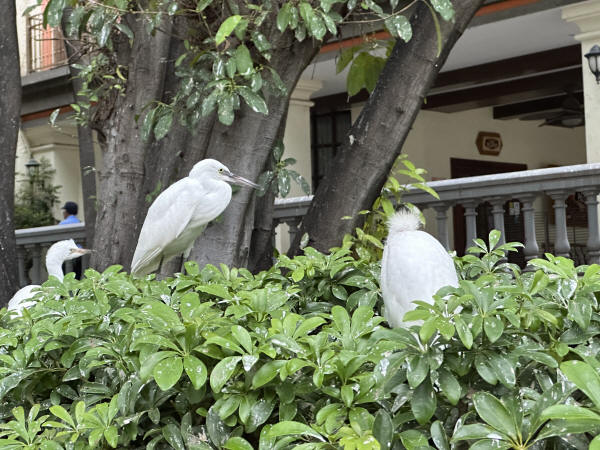 |
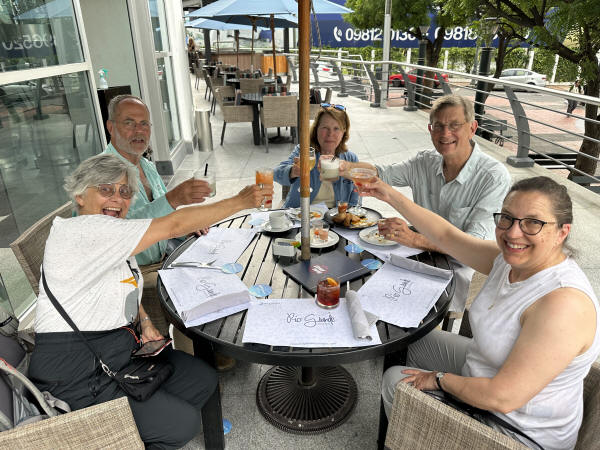 |
Behind the hotel was some of the very vertical housing that was a mainstay in Ecuador (particularly in Quito). Many of the houses built into the hill couldn't be reached by car, only by long, narrow, steep stairways that ran between the buildings.

 |
 |
 |
The next day we retraced our path along the waterfront with our guide Gustavo. Gustavo was a extroverted and friendly guy with a lot of stories about the area; he told us the waterfront had been a run down, crime ridden no-mans-land, and the president implemented a one time tax on everyone and used the funds to completely rebuild the area. Which seems like something the US should do to break through some of the quagmire that is congress these days; let the President do a small tax and spend it on a pet project. It certainly seemed to have worked in Guayaquil.
Gustavo also, as it turned out, had abandoned a career as a veterinarian 17 years earlier to become a full-time tour guide, which was apparently a good move professionally and personally.
The area around the hotel boasted quaint Spanish architecture that housed luxury boutique hotels or small art studios, along with occasional homes, and narrow cobblestone streets, but there was also an abundance of heavy metal gates and barbed wire that was a little less idyllic.
 |
|
 |
 |
Those gradually opened up into a waterfront park with arboretums, statues, yacht clubs and tall viewing stands looking out over the still very unattractive river.
 |
|
 |
 |


They had something that looked like the London Eye and a aerial tramway running over the river that was apparently just part of the public transportation system.
 |
From there, we walked into the center of the city to see the Museo Municipal de Guayaquil (yes, the municipal museum, but it sounds so much cooler in Spanish). It had the pre-requisite pre-Columbian art, but it had a lot of history of the city and Ecuador in the form of dioramas and displays as well. Much of it was dedicated to the bloodless revolt that made Guayaquil an independent nation (and, in the next couple of years, all of Ecuador and Peru); there's a funny story about how the leaders of the movement, Peruvian pro-independence officers from the colonial army led by colonel Gregorio Escobedo, second in command of the garrison, went to the commander's house under the pretense of having dinner, but in fact to hold him captive until the town was in rebel hands to keep him from getting injured. But there were dioramas of the great fire of 1856, Guayaquil in the 1920s, and other tiny bits of history of the city.
 |
 |
 |
 |
 |
 |
 |
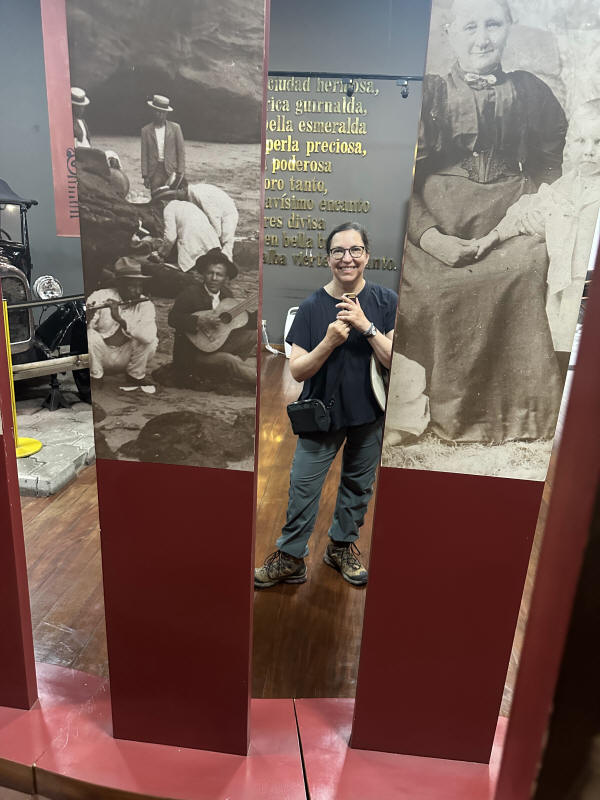 |
We walked from there to the Parque Seminario (aka Parque Bolívaror or Parque de las Iguanas, because it's named after someone that donated money to create it but it's disguising features are a giant statue to Simon Bolivar and a bunch of roaming iguanas). It also had views of the rather mundanely named but visually striking Metropolitan Cathedral of Guayaquil.
 |
 |
 |
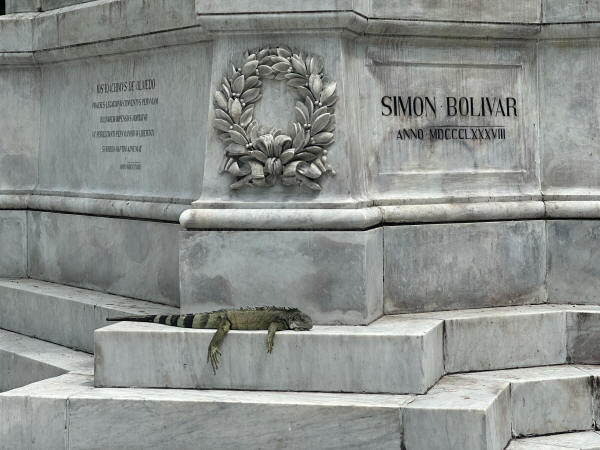 |
We were supposed to jump in our private bus to Cuenca, but the lure of the Cathedral was too great, so we ran over and took a bunch of pictures inside like good tourists should.

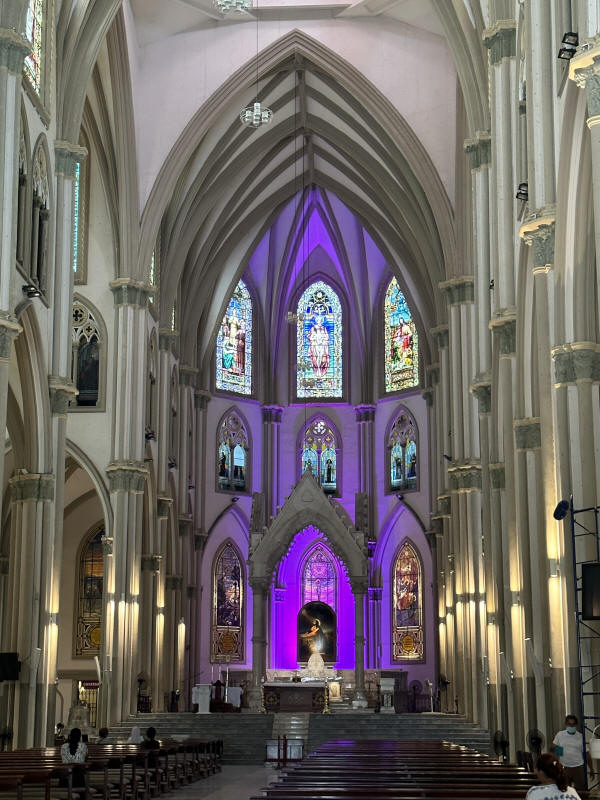 |
 |
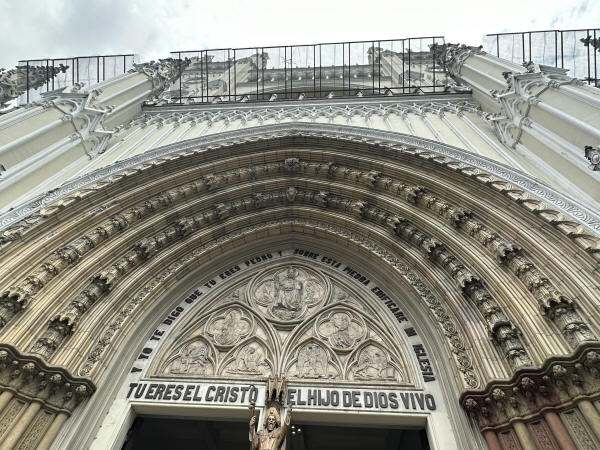 |
 |
Then we hopped on our mini-tour-bus and took a terrifying drive to Cuenca.